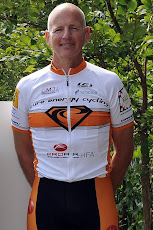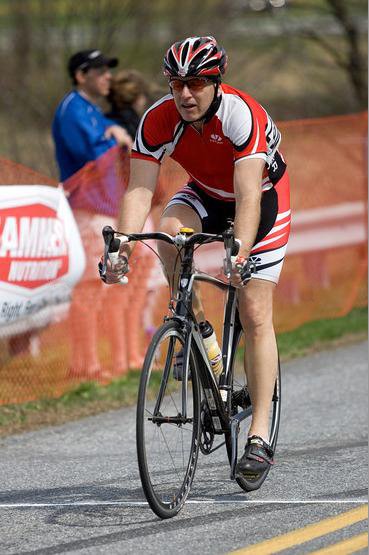
Unless you're a full-time professional cyclist or triathlete you probably don't have more than 10 hrs. a week to get out on the bike to train. Unfortunately, up til now, the classic cycling endurance training model is built around the premise/notion that you have MORE THAN 10 hrs. per week.
Well, what if you don't have more than 10 hrs. of week to train? What if you only have 6 hrs. per week to train? Do you still use the classic endurance training model which suggests a hi-volume lo-intensity off-season build/preparation phase? Do you slowly reduce the volume and increase the intensity as the race-season approaches?
Chris Carmichael answers all of these questions (and more) in his new book entitled, "The Time-Crunched Cyclist- Fit, Fast and Powerful in 6 hours a week". For those athletes that I coach that fit into this category (< 6 hrs. of available training time) I'll be following his training program for 2010. Chris's training program consists of 4 workouts per week: 2-3 workouts during the week lasting 60-90 minutes, and 1-2 workouts on the weekend lasting 1-2 hours.
Oh, to give you athletes that I coach (that have less than 6 hrs. to train per week) a "heads-up"- you're in for more intense workouts. But, don't worry..I'll make them fun for you.






